Top 10 Best Retail Based Companies in 2023
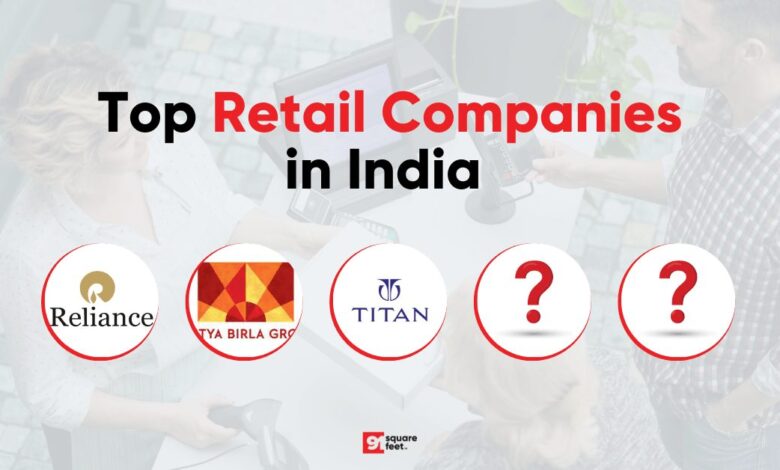
Customers of retail based companies or businesses are charged money in exchange for finished goods. As stated by the U.S. According to the Census Bureau, as of March 2018, the nation’s total monthly commercial sales were almost $457 billion. Retail goods can be sold offline, online, by mail, or at kiosks. Retail businesses include, for instance, grocery, drug, department, and convenience stores. Service-related businesses like hair salons and rental facilities are frequently included in retail enterprises.
Grocery stores and main supermarkets
Grocery stores and also supermarkets sell a variety of food and also non-food items, such as meat, fruit, cereal, milk, health and also beauty products, and cleaning supplies. Depending on the location and the local population, supermarkets can range in size from a small family market to a supermarket.
Consumers in the United States spend $55 billion on food each month. As of 2017, there were about 40,00 grocery stores in the country. Over 69 per cent of these were locations for convenience stores.
General merchandise merchants
Since they sell discounted goods, stores and mass market salespeople are examples of general merchandise retailers. Toys, sporting goods, clothing, and sporting goods are typical items sold at nearby retail stores. In department stores, clothing is frequently separated into categories based on the type of customers, such as adults, kids, or toddlers. Americans spent an average of $58 billion per month on general goods, including warehouse clubs, as of March 2018.
Speciality stores that sell only one type of product
Speciality stores frequently sell a certain kind of product in larger quantities. Specialized stores include books, women’s underwear, bike parts, sporting goods, and medicines, coffee, mobile phones, pet supplies, and office supplies. Speciality stores typically operate at lower volumes than most standard retail locations, leading to higher costs. Because of this, speciality stores’ prices are typically higher than those of traditional retail locations.
Traders without stores
Each month, Americans spend $51 billion on goods they order online, through catalogues, or by mail. Businesses that don’t have physical locations, like mail-order companies or online retailers, are frequently run by business owners and typically have fewer employees than those that do. Since advertising is their only method of attracting customers, non-store businesses invest a significant portion of their earnings.
Eateries and other dining establishments
Americans spend slightly more than $60 billion annually eating out, including fast food, midscale, casual, and fine dining establishments. The $60 billion is also spent on alcoholic beverages in restaurants, bars, and nightclubs, many of which also serve food, defined by the U.S. Census Bureau as “Dining Services and Drinking Places.”
Conventional retail categories:
There are numerous variations of Retail, each with benefits and drawbacks. Depending on the type of main business, one retail model might be a better fit for a company than another.
Independent retailer: An independent retailer is a person who launches a brand-new company. Usually, the owner takes care of everything, but occasionally, they may hire someone else or hire assistance.
Existing retail Company: As the name suggests, an existing retail business operates. Typically, ownership and responsibilities of an existing business are obtained through purchase or inheritance.
A franchise is an established business plan with a registered name, a predetermined product lineup, and tested business models. A store can use all the above elements to join a franchise. The drawback of buying a franchise is that it frequently requires the franchise owner to follow guidelines, go through procedures, and pay fees to maintain rights to the franchise.
Dealership: A dealership is also a cross between a franchise and also an independent retailer. A store that collaborates with a dealership is permitted to sell a specific brand of products (there are a variety of brands). In contrast to a franchise, the licensor is not charged anything.
Network Marketing: Multi-level marketing, also referred to as affiliate marketing, is a business strategy where network members are in charge of making sales of goods. On the one hand, someone is selling something, but on the other, more salespeople are needed to complete the same transaction.
Below is a good list of the top 10 retail companies according to 12-month trailing (TTM) sales. This list only contains businesses directly or through ADRs that trade publicly in the U.S. or Canada. Because some companies outside of the United States report profits semi-annually rather than quarterly, the 12-month following data may also be longer than it is for businesses that report monthly.
The Top 10 Retail Based Companies in 2023
1. Reliance Retail Limited
Reliance Retail is India’s biggest and most successful retailer in terms of reach, scope, revenue, profitability, and also size of the retail Company. It has a strong presence across crucial consumption baskets and holds a dominant position in food, consumer electronics, and clothing sales. Twenty-two 10,415 retail establishments take up million square feet. Reliance Retail operates the largest chain of stores in the country. It is India’s leading retail industry.
Reliance Retail became the first retailer in India to surpass the main Rs 1,00,000 crore revenue milestone and is now ranked 94th on current Deloitte’s 2019 World Powers of Retailing list. Reliance Retail also achieved the 10,000-store milestone.

The biggest retailer in India focuses on providing products and services to five key consumer groups: connectivity, consumer electronics, groceries, and fashion and lifestyle.
- Income: Rs. 1,30,566 billion
- 10,415 retail establishments
- More than one thousand workers
- Sales growth over three years: 20.00%
- Three thousand two hundred crores in market capitalization.
2. Future Retail Limited
Future Retail, which oversees some of India’s most well-known retail chains, and serves millions of customers in more than 400 cities throughout all 50 states through digital platforms, currently has more than 2000 locations and also more than 16 million square feet of retail space.
Future Retail is India’s second-largest retailer after reliance on Retail. Because of its presence in Big Bazaar hypermarkets and also, more recently, Foodhall gourmet shops, the Company can also reach a wide range of customers. It is one of India’s largest publicly traded retail companies.
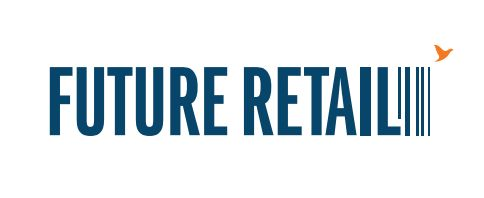
Learnings, skill sets, and concepts from Foodhall are being implemented in Big Bazaar, including real kitchens, tasting events, ethnic cuisine and the accompanying home appliances, exotic vegetables, and a better selection of dairy products.
- Income: Rs. 22,225 Cr.
- 1511 outlets for commerce
- Personnel: 45,949
- Sales growth over three years: 47.70%
- Market Cap: Rs 17,847 billion.
3. Avenue Supermarts Limited
DMart is a one-stop grocery store that aims to offer customers a wide range of necessary personal and home goods under one roof. Household necessities like food, clothing, bed and bath linens, cosmetics, toiletries, and more are available at every DMart location.
Mr Radhakishan Damani and his wife established DMart to satisfy the growing needs of Indian families. DMart has grown to 188 locations across Gujarat, Andhra, Madhya Pradesh, Kannada, Telangana, Raipur, NCR, Tamil Nadu, Punjab, and Rajasthan since opening its first store in Powai in 2002.
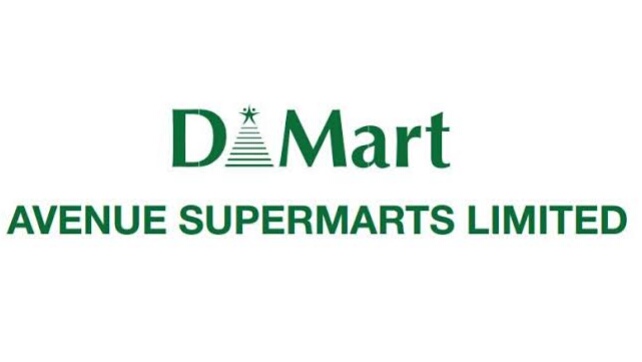
The DMart supermarket chain’s owner and operator is Avenue Supermarts Ltd. The Company’s headquarters are in Mumbai. D Mart, D Mart Means that Managers, and D Mart Premia, D Houses, Dutch Harbour, and other brand names are owned by ASL.
- Income: Rs 21.137 billion
- 176 shops in stores
- 7718 employees
- Sales growth over three years: 32.58%
- 144,023 Cr. in market capitalization.
4. Aditya Birla Apparel & Retail Ltd
Aditya Birla Fashion and also Retailing Ltd. (ABFRL) was established in May 2015 following the consolidation of the branded apparel operations of the Aditya Birla Group, which mainly included many of ABNL’s Madura Fashion business and also ABNL’s subsidiaries Pantaloons Clothing and also Retail (PFRL) and Madura Fabric & Lifestyle (MFL). After the consolidation, PDF became Aditya Birla Apparel and Retail Ltd.

With 8,118 crores in combined revenue for the fiscal year. 2019 and an F.Y. EBITDA of INR 619 crore. In 2019, ABFRL was the top fashion and lifestyle company in India. Birla Fashion is the most prominent clothing retailer in India.
The most prominent fashion network in India is housed by ABFRL, which has 2,700+ ABFRL brand stores, and 7.5 million square feet of retail space dispersed across 750+ cities and towns, and also 30 million loyalty users as of March 31, 2019.
- Income: Rs. 8,270 Cr.
- 2714 outlets for commerce
- Personnel: 2714+
- Sales growth over three years: 10.39%
- Nineteen thousand seven hundred thirty-seven crores are the market capitalization.
5. Shoppers Stop
Shoppers Stop was the first significant retailer to open in India, which still sets the bar today. Over 39 cities, there are 210 multi-format stores. The Company conducts retail sales of various consumer and household goods through department stores. The three business segments the Company operates in our retail operations, property options, and others.

The gaming industry is a part of the Company’s Other sector. The retail activities section of the Company deals in the trading of both clothing and non-clothing commodities, such as cosmetics, home goods, food, books, and CDs.
The Company carries a wide selection of domestic and international brands in several different categories, including apparel, accessories, cosmetics, home goods, and more.
- $3,487 billion in revenue
- 210 retail establishments
- Personnel: 7,416
- Sales growth over three years: 8.0%
- Market Cap: Rs. 530 billion
6. Trend Limited
Several retail chains are owned and run by Trend Ltd, a company that runs shops in India. Additionally, the Company owns the hypermarket Star Bazaar, the lifestyle chain Westside, the books and music chain Landmark, and the full-service family fashion store Fashion Yatra.
For men, women, and children, Westside offers clothing, footwear, and cosmetics in addition to furniture, antiquities, and various home goods. The Star Bazaar hypermarkets offer a variety of products, including dairy, non-vegetarian, health and beauty aids, beverages, produce, and staple foods.
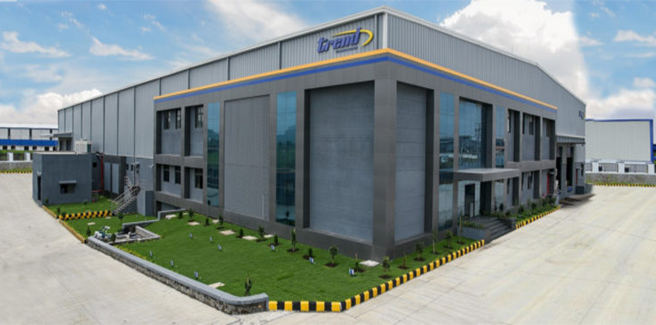
Landmark sells the categories of books and music. This chain sells stationery, movies, toys, Christmas gifts, and about 100,000 different book and music titles. Customers seeking reasonably priced clothing can find it at Fashion Yatra stores in Indian cities.
- $2,708 billion in revenue
- 264 shops are in Retail.
- Personnel: 8009
- Sales growth over three years: 19.39%
- Capitalization of the market: 21,124 Cr.
7. V-mart Retail Ltd.
Varin Commercial Private Limited, also known as V-Mart Retail Limited (VMRL), is a retailer that was incorporated in 2002. The Company started its operations in the retail valuation market in 2003 by opening the very first-ever retail outlet in Gujarat.
V Mart Wholesale Pvt. was given a new name. Ltd in 2006, and a new version of the Company’s charter established it as a public limited company in 2008. The Company’s current name was added in 2008. It is one of the publicly traded retailers in India.
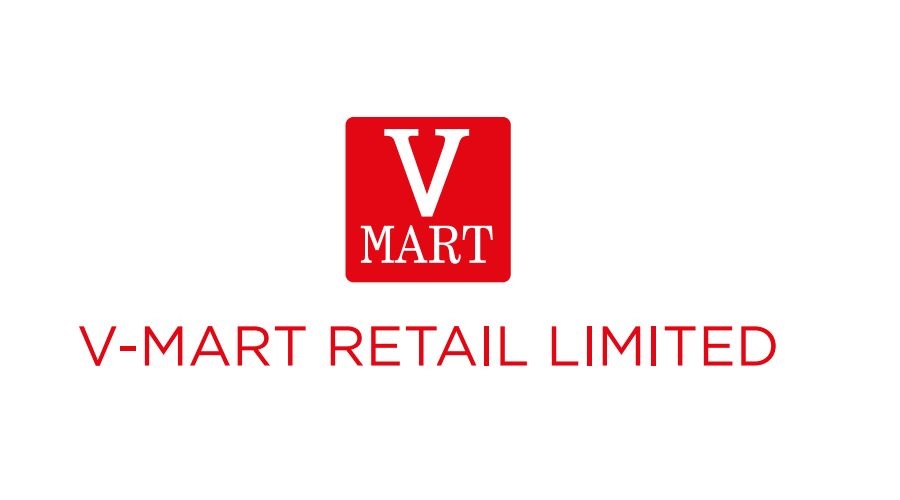
As of March 31March 31, VMRL ran 69 stores totaling 5.58 lakh square feet across 51 towns in 10 states and union territories. Each store has a lease agreement with two other retailers, with whom they must split sales as per a condition. No one of VMRL’s outlets has ever been operated by a franchise.
The majority of VMRL’s operations are centred in the Northern, Eastern, and Western parts of the country. The Company operates in a number of important states, including Jaipur, New Delhi, Haryana, Madhya Pradesh, Uttar Pradesh, Patna, and the state of Uttar Pradesh.
Promoters The shareholders of VMRL hold 58.83% of the Company’s shares. Mr. Lalit Agarwal, the Company’s 15.7% owner and current CMD, has more than 16 years of experience in the retail industry.
- 1,674 Cr in revenue.
- 200 retail establishments
- 1760 employees
- Sales growth over three years: 21.50%
- Market value: 4,332 crore rupees.
8. Infiniti Retail Ltd.
Croma is managed by Infiniti Retail Ltd., and a 100% subsidiary of TATA Sons, and has more than 6 million customers as of this writing. The first gyro electronics retailer, Croma, unites the main three customer touch-points of a new Croma store, an online electronics store, and is also India’s most well-known big format electronics retailer. 20 cities make up the chain of the current 97 Croma outlets owned by Croma, which has a fully functional mobile app.
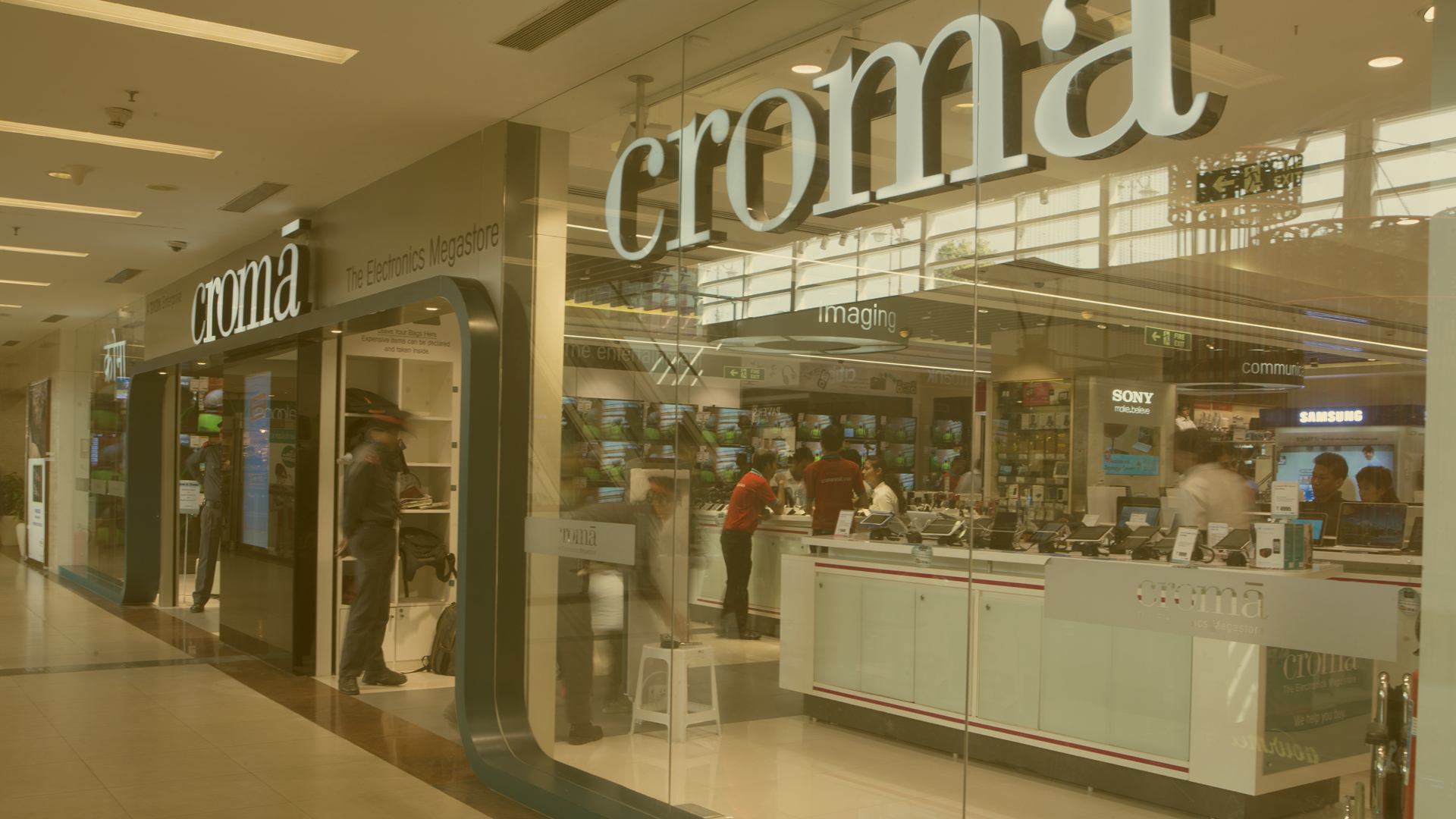
Customers can order their main preferred products online and also have them delivered to more than 5000 pin codes across the country with the help of its Android and iOS mobile apps, which also advertise an incredibly convenient shopping experience.
- Revenue: 102 crores rupees
- 220 retail establishments
- 5000 employees
- Sales increase over three years: 19%
- Market Cap: Rs. 6,400,000,000.
9. Spencer’s Retail Ltd.
Spencer’s Retail Limited is a multi-format retailer and an R.P. One of the Sanjiv Goenka Group. It provides a wide range of premium goods in categories like food, personal care, clothing, home goods, electrical, and electronics to its target market. Speciality sections like Spencer’s Gourmet, Patisserie, Wine & Liquor, and also the recently added Epicuisine section are some of our supermarket locations’ key differentiators.
One of India’s first retailers, Spencer’s, introduced the concept of organized retailing to consumers there. The first hypermarket in the nation was established by Spencer’s in Hyderabad in 2000. In more than 35 Indian cities, Spencer’s has 120 locations, including 37 Hyper shops.
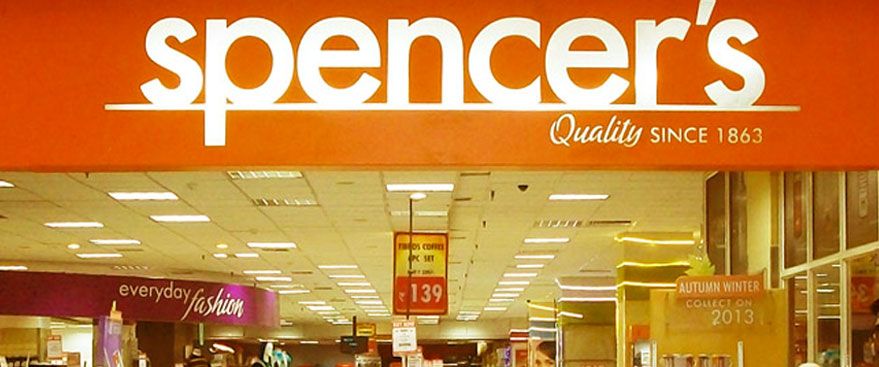
The Company’s slogan, “Makes Fine Living Affordable,” sums up its philosophy of offering customers the most significant products and services that permit an acceptable lifestyle at reasonable costs, as well as a warm, kind, and educational retail environment.
Spencer’s has consistently made a positive impact on the retail landscape in India by introducing a range of innovations to make customers’ shopping experiences even simpler and more pleasurable.
- Cap: Rs 2481.47 billion
- 120 stores and outlets
- More than 5000 people work there.
- Sales increase over three years: 21%
- Market Cap: 6.83 billion rupees
10. Intrasoft Technologies Ltd.
IntraSoft Technologies Ltd has been active in the e-commerce sector since its inception. Our passion for the internet is where we got our start. We believe that the impact of technology and the internet can empower people and, in turn, society. We teach and demonstrate this concept at each stage along the way.
According to IntraSoft Technologies, the potential for the internet to offer economic opportunities is limitless. This doesn’t always revolve around a single major innovation but rather consistent small improvements made every day, every week, and every month. And that’s what we firmly do every day.
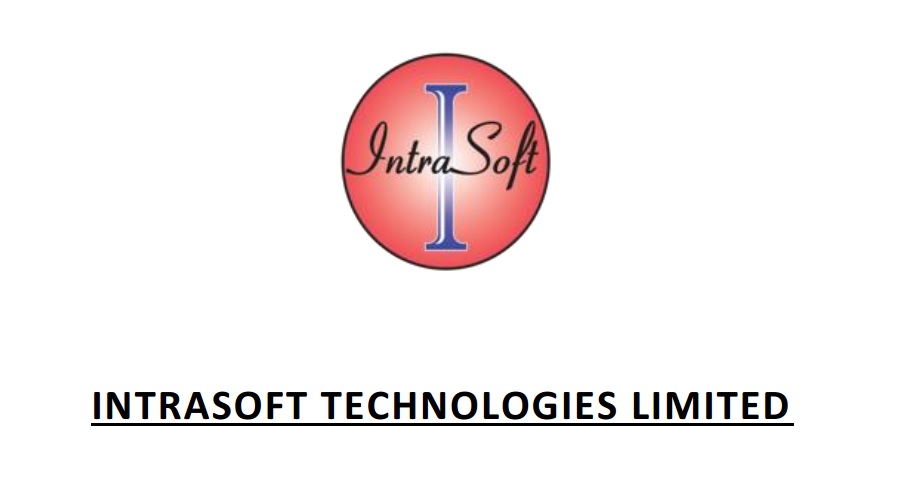
The provision of a “wow” experience at each point of client contact is essential in today’s information society. We have devoted a lot of effort to prioritising their customers, and they take pride in having won the hearts of thousands of people by providing them with a memorable online experience.
IntraSoft Technologies Limited provides its affiliated companies with back-end IT-enabled services. Our U.S.-focused e-commerce company was listed in 2015 Top 500 Internet Retailer Guide. Online Retail was ranked as the 392nd-largest and 13th-fastest-growing Internet retailer in the United States.
Over 1,300 brands and about 200,000 products are available on the internet. Through the E-Commerce Portal, customers have direct access to a variety of goods along with excellent customer service, the convenience of a quick delivery, and low, affordable prices. We have partnerships with websites like Amazon.com, eBay.com, and others to sell our products to their customers in a setup akin to a shop-in-shop.
- 619.48 crores (Rs) in revenue.
- 262 stores and outlets
- 229 employees
- Sales growth over three years: 34.00%
- Market Cap: 2.23 crore rupees.
Advantages of owning a retail establishment
Retail is the type of trade that is most directly conducted between a retailer and a customer. Retailing offers the chance to communicate in person. Customers purchase the items they need at retail locations. But because we live in a technologically advanced era, people are using it to make purchases more frequently.
Running a retail business has a number of advantages, including:
Customers’ sentiments
In retail sales, it is advantageous for both buyers and sellers. Retail establishments, as opposed to online retailers, offer a setting where a customer can see the product they are buying. The buyer receives immediate satisfaction and immediately departs with their products. In the retail sector, the staff also plays a crucial part in fostering customer loyalty by promoting frequent customer returns. Brick-and-mortar stores give you access to a customer base that the online market might be able to exclude from a business standpoint.
Additional supply options
Retail sales give you more supply options because not all products are available at wholesale prices under one roof. As a vendor, he is free to choose how to market the goods and can reply to customers right away.
Additional business opportunities
You can sell a variety of goods through retail sales and inform your clients about goods they may not be aware of. For instance, a customer might enter the store in search of a certain item but leave with more goods. Consolidating several products in one place enables businesses to increase their chances of success and sales potential.
Fewer Complexities
The cost of shipping is covered by the retail businesses. Less frequently occurring in the retail sector are complications like lost goods, customer complaints, and complicated online sales processes.
Spending on retail technology, major retail trends.
The eight key trends or themes that are causing the increase in tech spending in the retail sector are as follows:
Physical stores are still around.
Many people think physical stores are dying and will soon disappear, but the data demonstrate that this is not the case. For instance, major retailers invest equally in technologies used in-store and online. Amazon and Warby Parker are just two companies using online and physical stores’ omnichannel strategies.
While e-commerce offers convenience, a brick-and-mortar store provides an experience. A brand is strengthened, a marketing tool is used, and financial stability is communicated by establishing a physical presence.
Personalization fuels retail success and loyalty.
Consumers today expect a personalized shopping experience, whether online or offline. Because of this, millennials have more purchasing power than Baby Boomers and are accustomed to personalized experiences on websites like Netflix, Spotify, and Amazon.
On these platforms, personalized digital experiences are standard for all customers, and customised shopping experiences are gaining popularity with shoppers. According to studies, 75% of customers are more likely to purchase from a merchant who knows them by name and makes recommendations based on their prior purchases. Brick-and-mortar stores work to compete by catering to customers’ unique preferences through targeted advertising and rewards programmes.
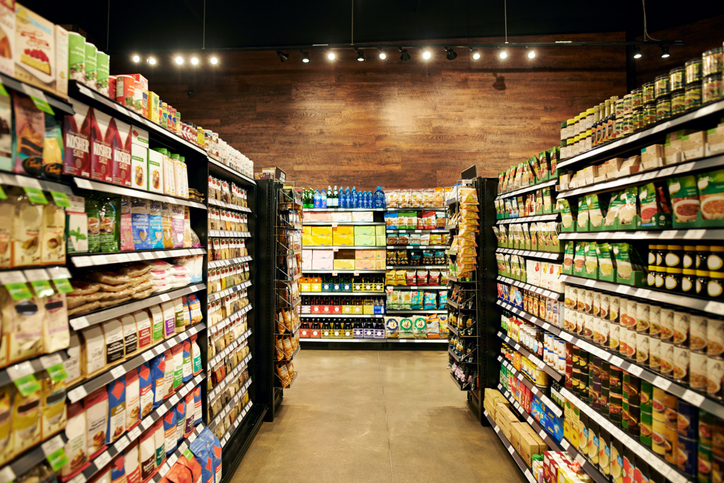
Innovative ways to use physical locations
Consumers now visit stores for experiences rather than to handle and trade goods. Physical stores must be innovative to engage customers and give them satisfying experiences. Even though retailers demolished a record 145 million square feet in 2018, they still found innovative ways to use the space to amuse customers and make shopping fun.
A coworking company called Workbar collaborated with Staples to introduce $130 monthly workspace memberships at their retail locations. Previously online-only fashion companies like Cuyana, M.M.LaFleur, and Rent the Runway are expanding their brand recognition by opening physical stores. Despite the Company’s thriving online business, Peloton’s equipment and accessories are increasingly displayed in physical stores.
Thanks to automated delivery techniques, stores are being converted into warehouses.
Automation is a significant trend in one industry, which is Retail. Now, customers can use “click-and-collect” services to place online orders and pick them up from a predetermined location. For instance, Target uses its mobile app to provide customers with the “Drive Up” service. Customers drive to the store, park, and load their cars after receiving a notification that the order is ready. Self-service vending machines are also being used more frequently to utilize the space in retail stores efficiently. Retailers are enthusiastic about the prospect of using autonomous vehicles to deliver goods from stores to customers without the need for human labour.
A Checkout Counter’s Obsolescence
In line with their general preference for automation and self-service, consumers expect an end-to-end quick, easy, and efficient process. Retailers are tackling the issue by putting money into cashier-less options like self-checkout kiosks and technology that will allow for completely checkout-less stores. With around $2,700 in sales per square foot, Amazon Go stores have outperformed the majority of retailers (aside from Apple and a select few).
In the retail process, packaging and delivery tactics are differentiators.
To stand out in the increasingly cutthroat retail environment, retailers must employ every tool. Two such levers are delivery methods and packaging. Packaging has a significant impact on delivery. Packaging should ideally convey a positive brand experience and guarantee quality when delivered.
Innovative packaging, however, can provide benefits beyond simple sustainability. For instance, it can facilitate replenishment and reorders. These automatic replenishment delivery models have the potential to generate recurring revenue by converting physical sales into future online purchases. Customer loyalty increases and a brand is differentiated with a great delivery experience and packaging.
Beacons, Analytics, and Proximity Marketing
To replicate the digital shopping experience that customers are used to, brick-and-mortar stores use beacon technology to send targeted advertisements, sales, and promotional information via their apps as soon as a customer enters a store.
Retailers can inform customers about upcoming promotions and new products they might be interested in by utilizing customer profiles and shopping histories. Additionally, they can monitor customer traffic throughout the store and identify the busiest areas, which can help advertise products or create more space for customers in those areas.
The use of voice assistants is expanding significantly.
As smart devices proliferate, using voice assistants to manage daily tasks and activities has become commonplace. This trend is related to the retail industry.
There will be 275 million voice assistants in American homes by 2023, up from an estimated 25 million in 2018. Third-party suppliers like Siri, Google Home, and Amazon help retailers remain competitive. Walmart and Google collaborated to make voice shopping available for thousands of products via Google Assistant.
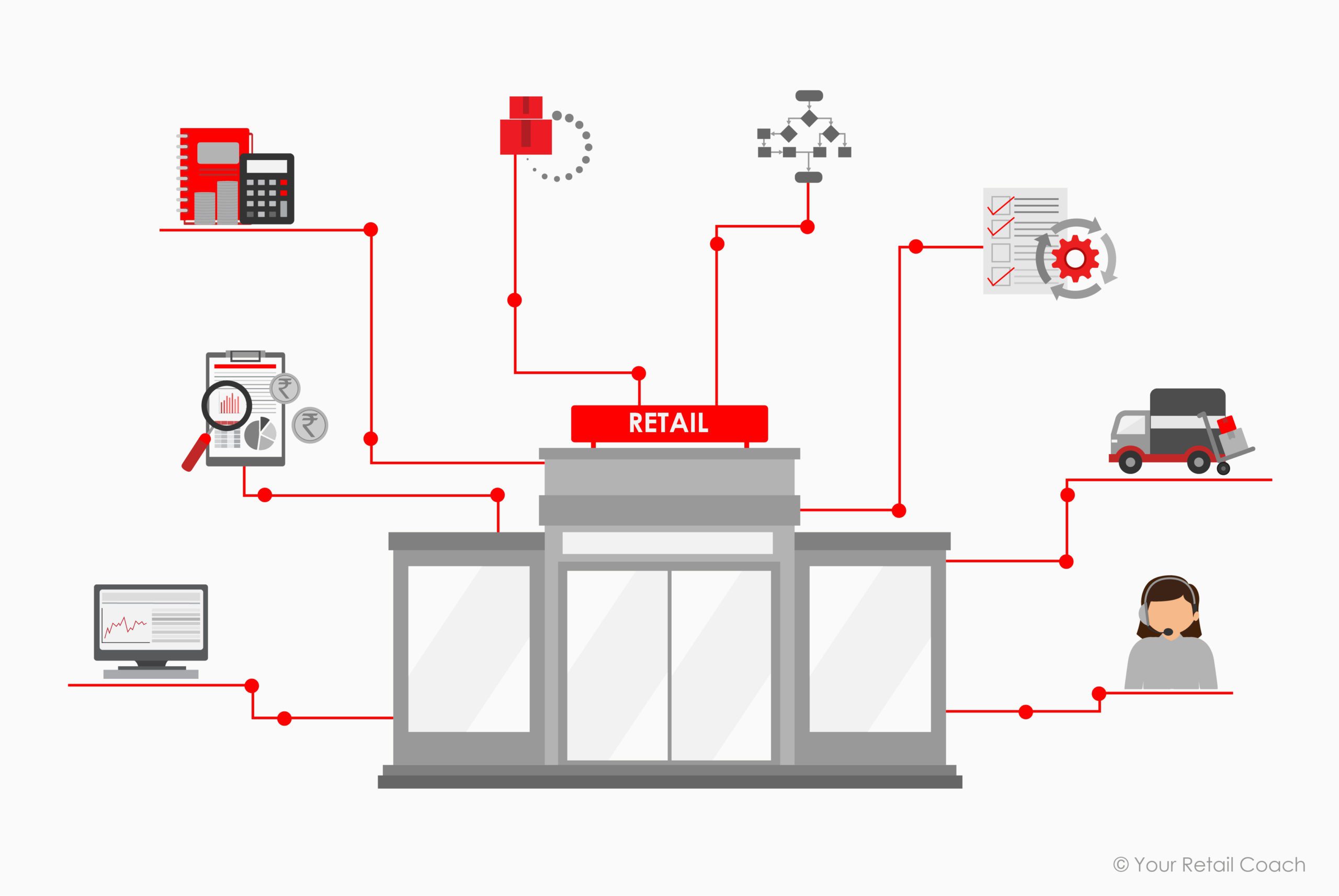
The significance of the retail sector
Because retailers carry out marketing duties, the retail sector offers consumers a range of goods and services. The utility of time, place, and possession is also created by retailing. The assistance a retailer offers aids in enhancing the image of a product. The retail sector contributes significantly to the economy in terms of employment and revenue. Discover the importance of Retail in this article.
Customers purchase products from retailers. The actions a retailer takes to satisfy customer needs include the following:
Customer Comfort:
Retailers are crucial in delivering goods ready for consumption to customers’ doorsteps. Customers receive a wide range of goods and services from retailers to their advantage. Retailers also help to create the utilities of space, time, and possession. A retailer’s service allows a product’s reputation by enhancing it. By maintaining a stock of goods, retailers guarantee customer access to goods and services. Convenience stores offer customers more flexibility and options by operating for more extended hours throughout the week.
Accessibility of Goods & Services:
A good or service has no value until it is purchased and used by a customer. Retailers obtain goods and services from a variety of sources. By gathering them all in one place, you can make it easier for customers to access them based on their needs.
The size provides convenience:
Retailers take orders for products from customers in the quantities and dimensions they prefer, a tiny sachet of shampoo as an illustration. The retailer helps customers by offering them the goods, services, and guidance they need in the quantities and packaging they desire.
Providing Associated Services Support:
One of the main advantages of a thriving retail sector for consumers is the efficient provision of various goods and services. Retailing can take place either online or at a physical location. Delivery is a service that falls under retailing. Along with retailers, service providers like electric utilities provide services to many people. By offering a variety of goods, services, and utilities, retailing raises the standard of living for consumers.
Logistics Chain:
The integrated network of retailers is referred to as the supply chain. Retailers buy large quantities of products from producers or wholesalers and profitably sell smaller quantities to consumers. Retailers participate in the sorting process by collecting goods and services from various suppliers. Different businesses offer different goods and services for sale. The depth and breadth of a retailer’s selection are determined by its business strategy. Retailers bring together suppliers and customers.
Quality Chain:
Retailers must place new orders when customers purchase products to replenish their inventory. Then, factory employees create the goods for retailers, and factories buy raw materials to produce more products. This illustrates how heavily consumer spending influences the economy.
Edited by Prakriti Arora




